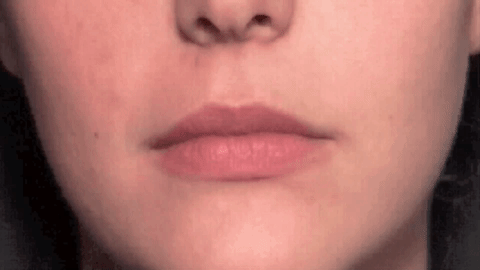Audiovisual integration, timing and synaesthesia
I have been studying contextual interactions between different modalities, such as vision and hearing. For example, I have discovered that the pure timing of auditory events can influence the perceived direction of ambiguous visual apparent motion. I have also been involved in a collaboration examining interactions between the processing of time, number and space. My current projects are investigating individual differences in the ability to synchronise sight and sound, and also a little-known form of synaesthesia in which visual motion and flashes evoke faint auditory sensations.
Attention and task demands
In my early research I developed a paradigm for investigating how attention and task demands can influence visual contour integration, a fundamental process by which the visual brain integrates its fragmentary input into global forms. My theme has since broadened to studying how the brain resolves the interpretation of ambiguous stimuli, according to the context in which they are encountered. Such context interactions can be gated (effectively switched on or off) by voluntary goal-directed attention, sometimes with dramatic consequences for subjective awareness.
My methods are primarily behavioural (psychophysics), but I have also worked on projects involving fMRI, transcranial magnetic stimulation (TMS) transcranial electrical stimulation, and EEG. I am happy to supervise projects on attention, vision and crossmodal (e.g. audiovisual) integration.








